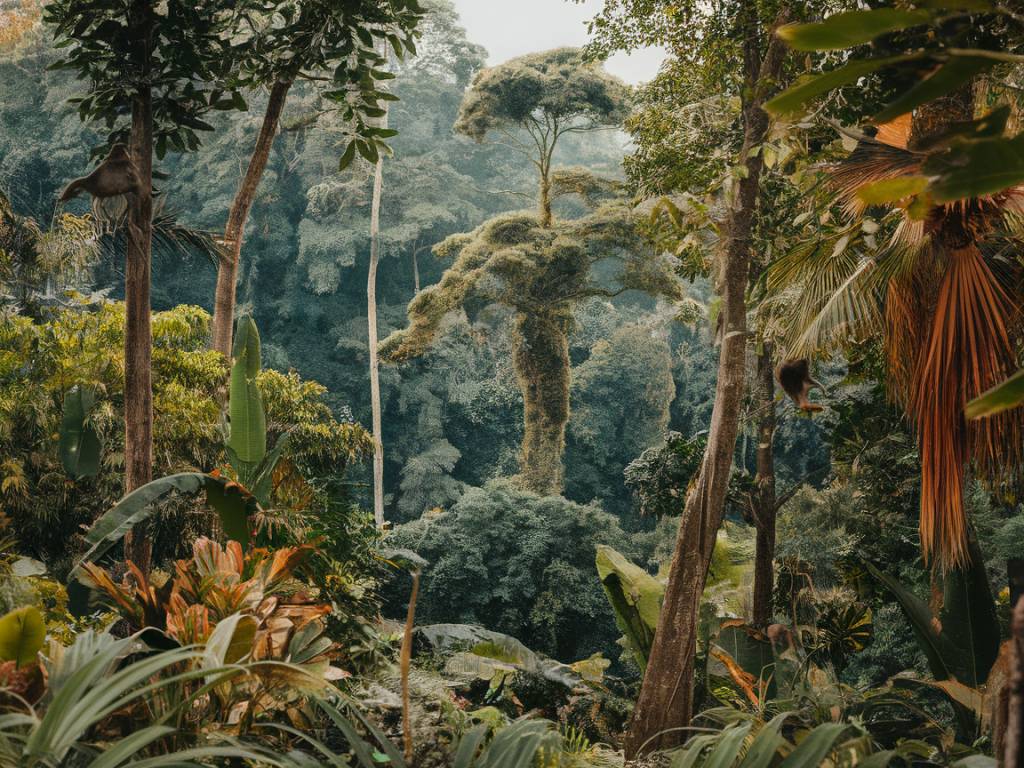Understanding the Ecological Benefits of Protecting Endangered Species
In the intricate web of life that forms our planet’s ecosystems, the conservation of endangered species is a critical thread. Why, you may ask? The preservation of these unique organisms offers a multitude of ecological benefits, contributing to the health of our planet in ways both apparent and elusive. Let’s delve into the profound importance of conserving endangered species and how their survival bolsters ecological resilience.
The Role of Biodiversity in Ecosystem Stability
Biodiversity acts as the foundation for healthy ecosystems. By maintaining a diverse array of species, ecosystems can better withstand environmental changes and pressures. Protecting endangered species is akin to safeguarding the building blocks of this biodiversity. Each species, regardless of size or perceived importance, plays a specific role. Think of biodiversity as an elaborate puzzle – remove a few pieces, and the picture becomes less stable and coherent.
Keystone Species: The Pillars of Ecosystems
Among the myriad species on our planet, some are deemed « keystone species » due to their disproportionate impact on their environment. The famous case of wolves in Yellowstone National Park illustrates this perfectly. When reintroduced, these predators not only controlled elk populations but also restored vegetation health and improved habitats for other species. These cascading effects demonstrate how protecting one key species can unlock a suite of ecological benefits, maintaining the harmony of entire ecosystems.
Pollinators and Their Cornerstone Contribution
Pollinators, such as bees, butterflies, and certain bird species, are essential for the reproduction of many plants, including those critical for human agriculture. Yet, many pollinator species are endangered due to habitat loss, pesticide use, and climate change. By prioritizing their conservation, we not only protect these species but also ensure the continued health and productivity of countless ecosystems, including those that feed us.
Genetic Diversity: A Buffer Against Change
Genetic diversity within and among species enhances the resilience of ecosystems to environmental stressors like disease, climate fluctuations, and natural disasters. Protecting endangered species helps preserve this genetic reservoir, which can be vital for adaptation and survival in changing conditions. Consider how diverse coral species contribute to reef resilience against bleaching events – the more genetic diversity preserved, the greater the chances for recovery.
Nurturing Ecosystem Services
Endangered species often contribute significantly to ecosystem services that benefit humans. These services include water purification, carbon sequestration, and soil fertility, all of which are fundamental to our survival. The conservation of wetlands, for instance—often home to endangered amphibians and birds—plays a crucial role in water filtration and flood control.
Inspiring Sustainable Development
Beyond their ecological roles, endangered species inspire sustainable development practices. Eco-tourism, for example, provides economic incentives to local communities to preserve wildlife habitats. By showcasing the value of living ecosystems, such ventures promote responsible management of natural resources, benefitting both people and planet.
Ethical Considerations and Human Responsibility
While the ecological benefits are compelling, the ethical dimension of protecting endangered species also warrants attention. We are stewards of this planet, and with that comes the responsibility to protect the rich tapestry of life we share it with. By preserving these species, we respect the intrinsic value of nature and acknowledge our role within it.
Real-World Success Stories
One need not look far for evidence of successful conservation efforts. The resurgence of the American bison, once on the brink of extinction, showcases the power of targeted protection strategies. Similarly, the conservation of the giant panda in China has not only helped increase its population but also facilitated broader forest conservation efforts, benefiting numerous other species.
Engage, Educate, and Act
In conclusion, protecting endangered species is not solely about the survival of individual organisms; it is about maintaining the delicate balance of our global ecosystems. Each conserved species enriches our world, offering valuable lessons and irreplaceable contributions. It is incumbent upon us to engage in conservation efforts, educate others on their importance, and take meaningful action to ensure that future generations inherit a thriving planet.
So next time you see an article or a campaign aimed at saving a species, remember: the ripple effects of such efforts reach far beyond what the eye can see. Let’s champion these causes, support conservation initiatives, and foster a world where biodiversity flourishes.

